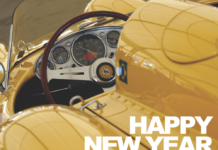Who has the right-of-way on a California freeway on-ramp that merges two lanes into one? Apparently, it’s the faster car.
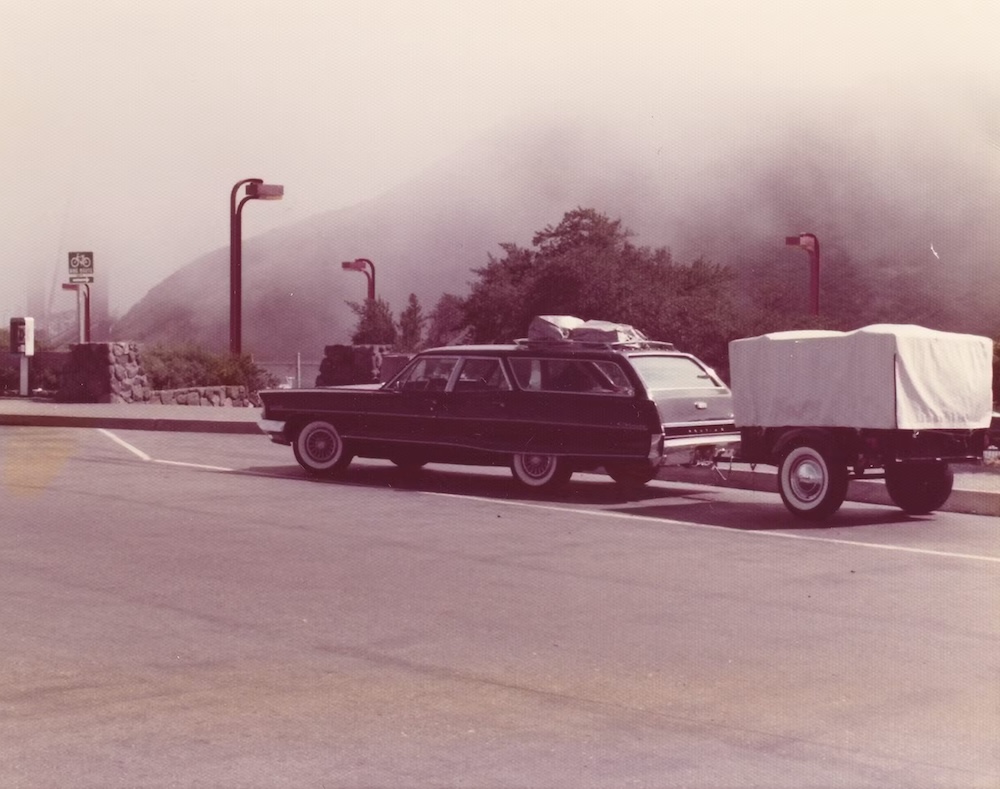
Connie Fleischner learned that lesson, or, rather, taught that lesson, one day in 1972. Her youngest of three sons, Hans, was riding with her in the front seat of the family’s nine-passenger 1965 Pontiac Catalina Safari station wagon. Older sons Erik and Craig and daughter Krista occupied the middle row, accompanied by Wolfgang, the family’s 90-pound Doberman pinscher. After aiming the big Starlight Black wagon up a 101 Freeway on-ramp, Connie spotted a Corvette closing in the mirror and attempting to cut her off.
“My mom was having none of it,” Erik recalls. “She downshifted and punched it. I just remember being pushed hard into the back seat and the dog lifting into the air, disappearing and then being pinned to the tailgate. Mom did not get cut off by the Corvette that day! You wouldn’t believe something that big could move so fast.”
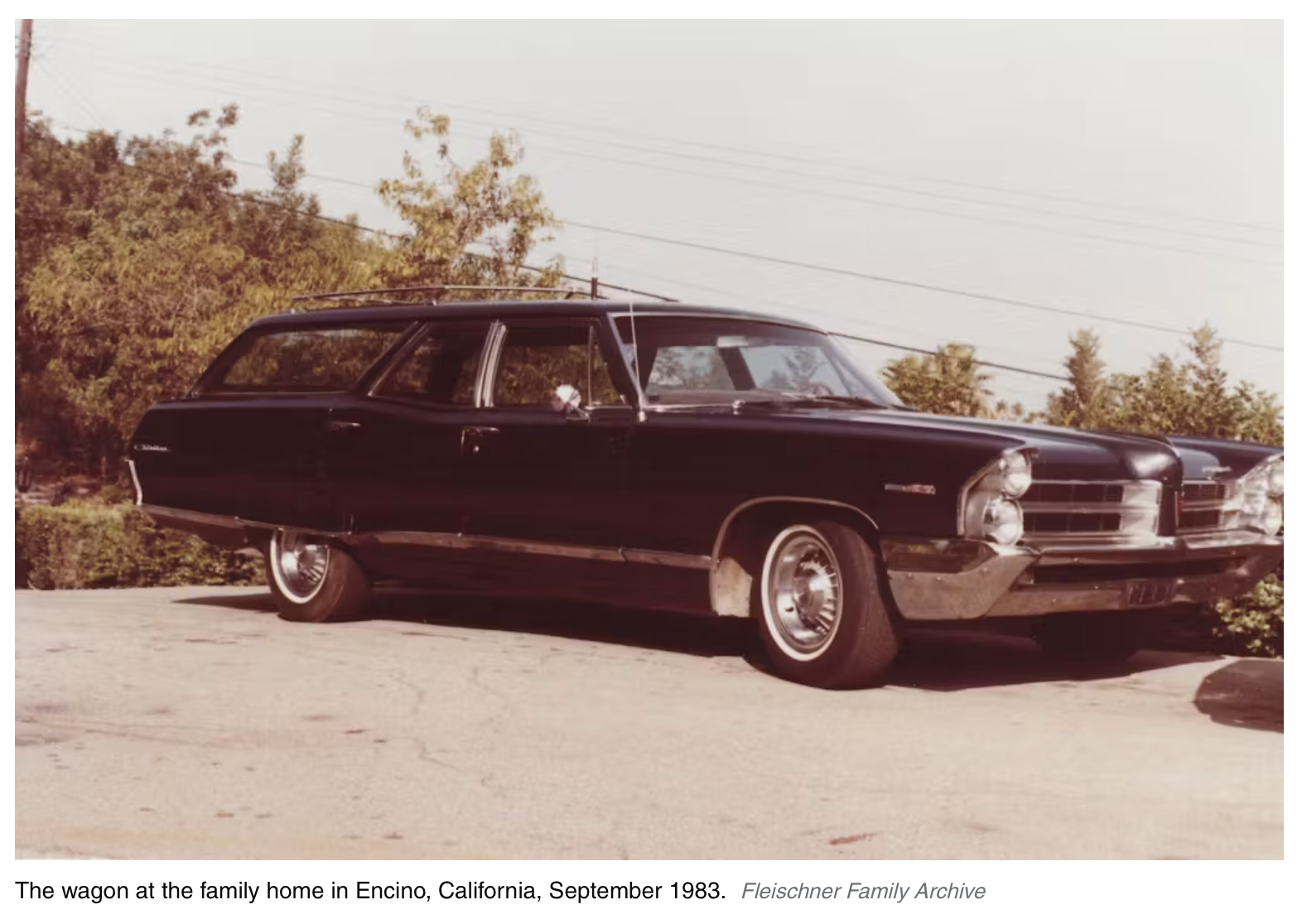
This was no ordinary Pontiac station wagon, of course, and very few were equipped quite like it. But the Fleischner family wagon was indeed a 100% stock, factory-original Catalina Safari. It just happened to have Pontiac’s high-compression, 338-horsepower 421 cubic-inch V-8 with a four-barrel carburetor and dual-exhaust. And a four-speed manual transmission with the Hurst shifter.
Jerry Robert Fleischner, or J.R. to his friends and just Dad to the family, had special-ordered the high-powered Poncho as a replacement for the worn 1959 Oldsmobile 88 Fiesta station wagon he’d bought used some years before. The unusually equipped Pontiac was in regular use until 2002, accumulating about 130,000 miles in the process, and it has remained in the family. The engine was rebuilt in the mid-1970s at around 85,000 miles.
J.R. passed away in June 2021 at age 93, three years after Erik had taken the wagon with a promise to have it fully restored. His father had signed the title over to him in 2006. Erik entrusted the restoration to Scott Tiemann’s Supercar Specialties in Portland, Michigan.
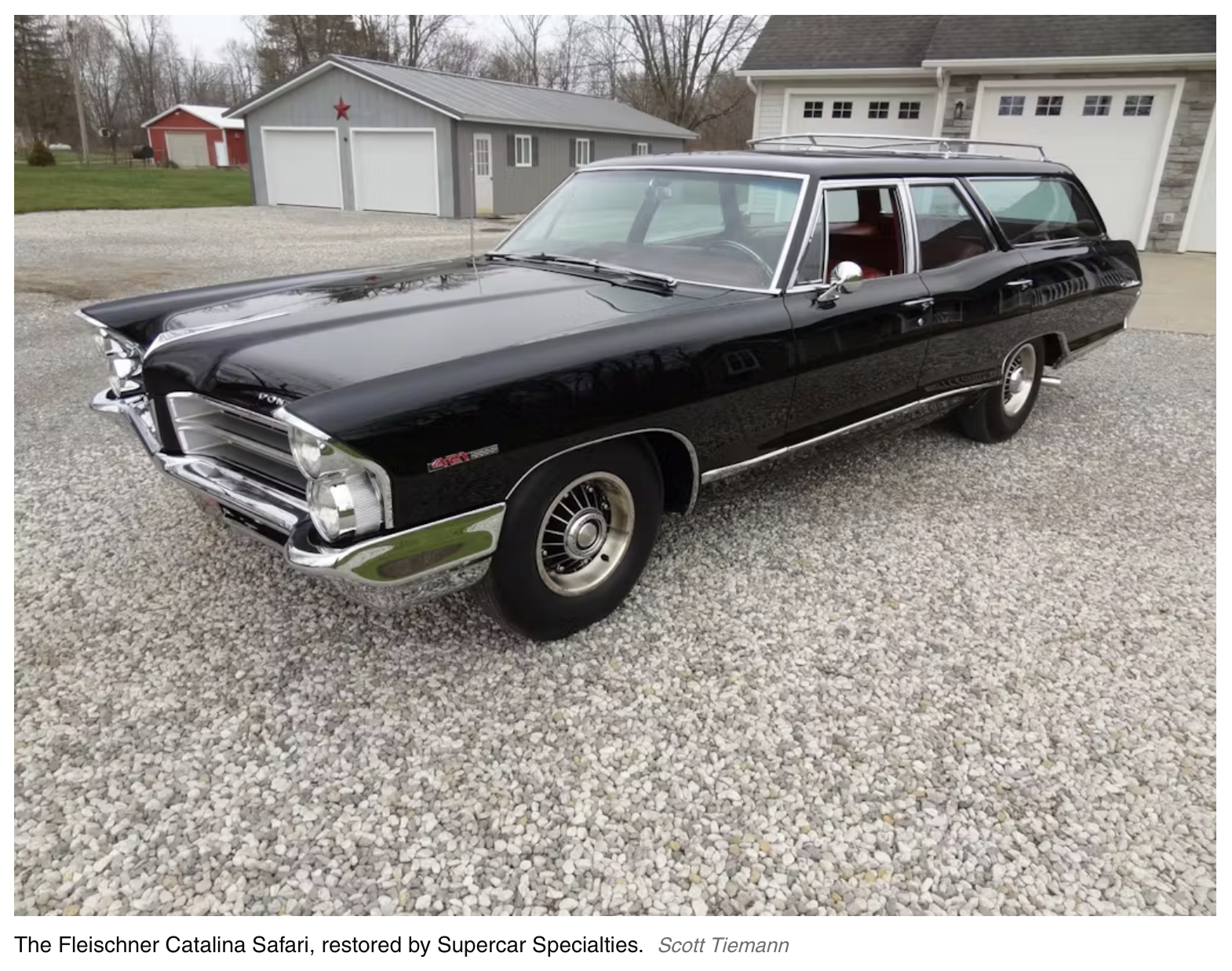
“The restoration started in September 2019,” Erik says. “My only regret is not starting it earlier so Dad could see it finished. My mom, who is now 87, reminds me that it was ‘her’ car and that she loved driving it and the sound it made.”
Tiemann’s shop completed the full body-off restoration just in time for the wagon’s 60th birthday and a debut at this year’s Detroit Autorama. The super-rare muscle wagon won first place for Restored 1958–1967, as well as awards for Outstanding Restored and Outstanding Display.
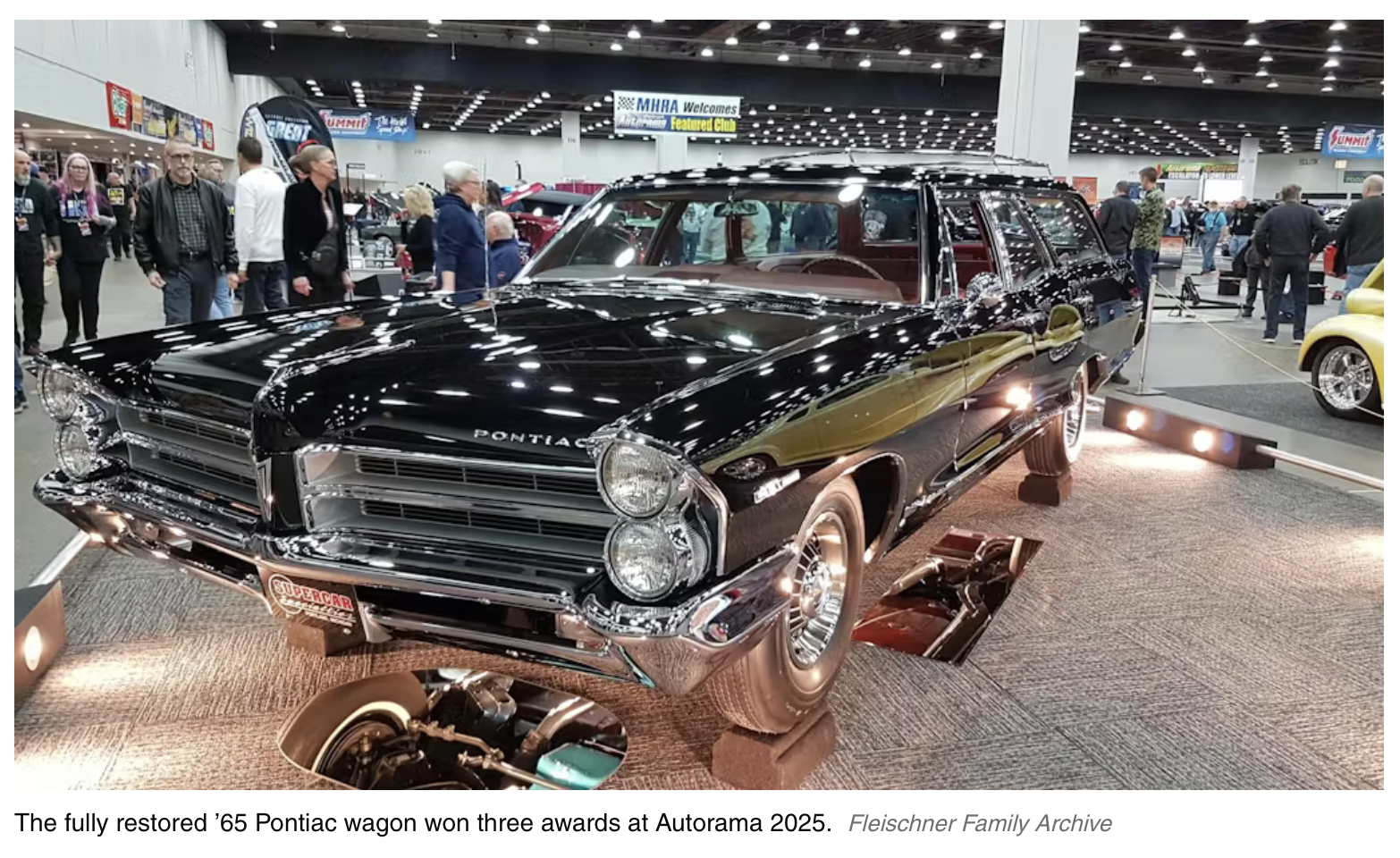
The many roads the Fleischner Pontiac wagon traveled between 1965 and the 2025 Autorama show were jam-packed with family vacations that included skiing, camping, fishing, and hunting. There was even some street racing and, once, outrunning a tornado.
“If the car could talk … you would not believe some of the stories it could tell,” Connie Fleischner says.
Rare Wagon
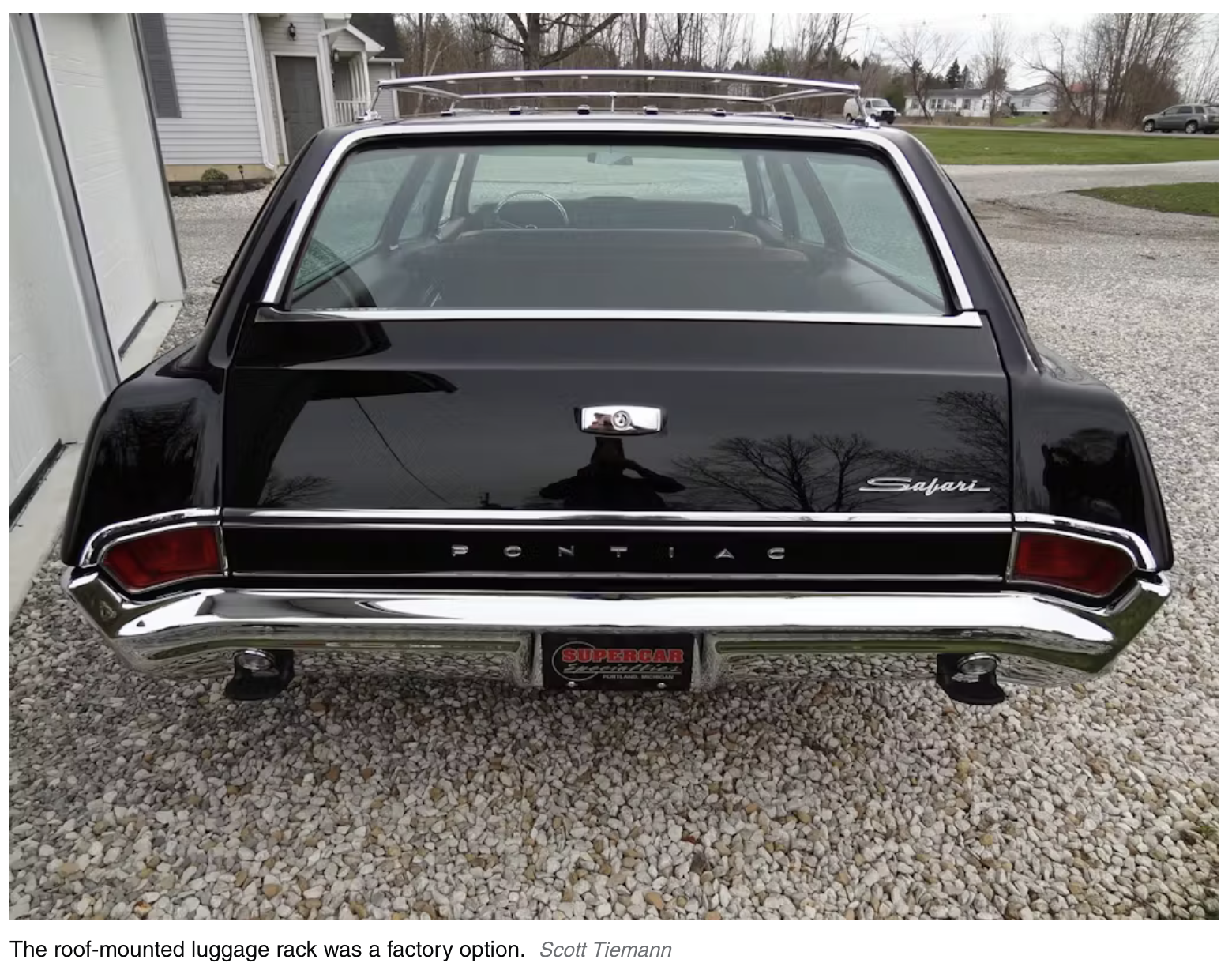
If you guessed that full-size Pontiac wagons specced like muscle cars were rare, you are correct. Erik spent several years researching the wagon’s rarity, tracking the 421-, 428-, and 455-powered models through the Pontiac Oakland Club International.
“How many of these 421 wagons were made in 1965, no one knows,” he said. “I would say 10, and maybe as high as 15, with most being the upscale Bonneville version. My belief is that most did not survive, as their powerplants were pulled for GTO and Firebird project cars in the 1970s and ’80s.
Erik has verified only three 1965 421/four-speed wagons still in existence, including two Bonnevilles and his Catalina. He has also verified two 1965 421/automatic wagons—a Bonneville and a Catalina. “I was also told of a third possible 421/four-speed Bonneville in Southern California. None of these wagons has been restored yet and are at different condition levels, with one automatic wagon in the best shape of the bunch.”
While the 1965 Bonneville sedan, coupe, and convertible rode on a 124-inch wheelbase, both the Bonneville and Catalina Safari wagons used the Catalina’s 121-inch-wheelbase chassis and differed only in standard equipment and trim. Only the Catalina trim offered the third-row seat to make the car a nine-passenger model, however, so that’s what J.R. selected.
From Packards to Pontiacs

What would possess a surgeon and father to order a family wagon that could burn rubber with ease? Craig explains that J.R. had often reminisced about riding in his parents’ 1930s Packard as a child, sitting on the floor and even falling asleep to the smooth hum of the straight-eight engine.
Dreams of owning his own powerful car came true. In the early 1950s, J.R. bought and road-raced two Jaguar XK 120s, first a ’52 and then a ’54, both being the hotter “M” versions, so he appreciated the thrill of piloting a high-performance car. Later, he owned two Porsches, a ’59 356 Convertible D 1600 Super and then a ’63 356 Super 90. “In 1956, he belonged to the SCCA Central Illinois Region,” Erik says.
He and Connie married on May 28, 1960, and J.R. saw no reason that family needs should exclude a fun-to-drive car. Connie was on board with the idea. It helped that the same things that made a family hauler fun helped it haul a trailer, too. Chevy and Dodge sales literature showed a four-speed available with a big-block V-8 in a full-size station wagon, but J.R. wanted a complete, balanced performance machine, not just the big engine. He insisted on distinctive design, too.
“Dad found that only Pontiac allowed him to order exactly what he wanted, and he thought the Pontiac was the best-looking wagon, too,” says Erik.
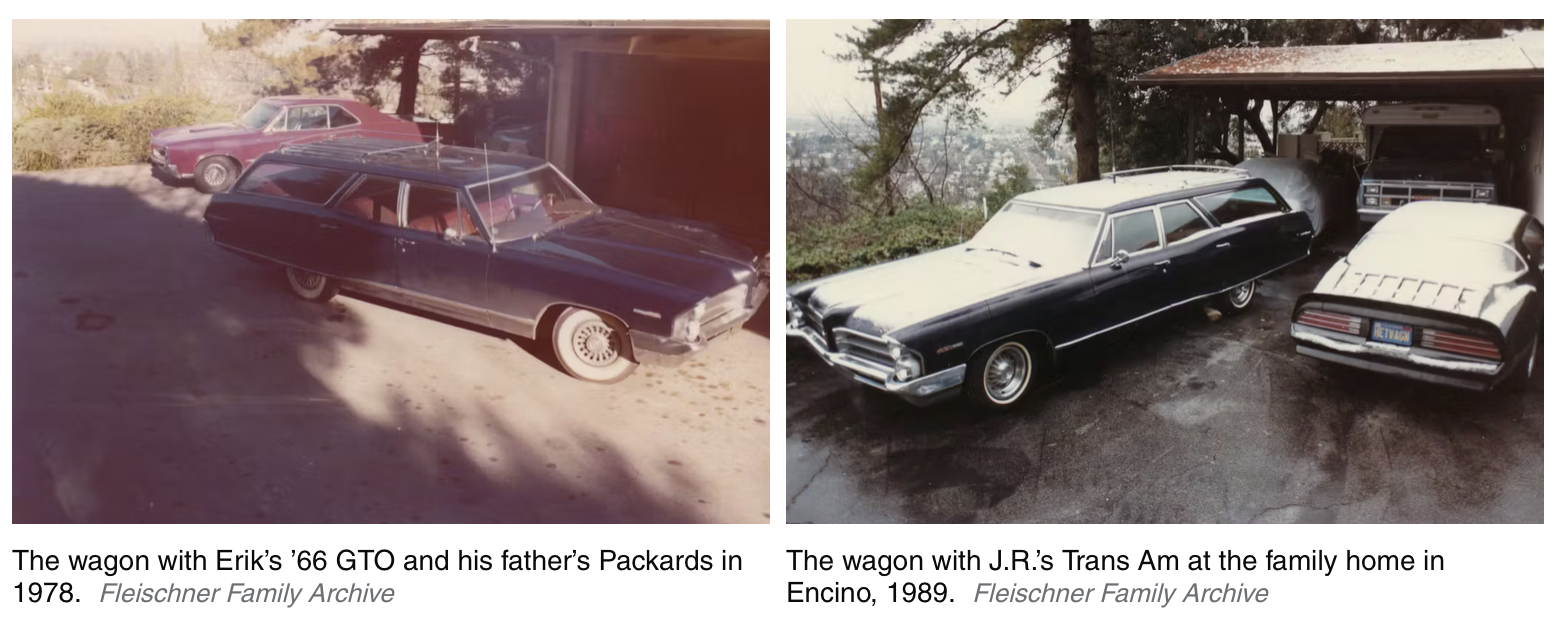
Already a Packard buff, J.R. also became a Pontiac connoisseur. In later years, he bought a ’77 Trans Am with the 400/four-speed combo (the genuine Pontiac motor) and then a ’79 Trans Am Special Edition with the 400/four-speed. The big wagon would also have a lasting impact on the Fleischner brothers, who became Pontiac enthusiasts and collectors. Erik had a red ’66 GTO in high school, which Hans, at age 10, drove through the garage door, striking J.R.’s 1930 Packard on the right front fender. Nobody got hurt, but Erik had to pay for the door repair …
In addition to the ’65 wagon and J.R.’s ’79 Trans Am Special Edition, Erik currently has a 1969 GTO Judge, ’71 455 H.O. GTO, two ’72 455 H.O. Trans Ams, a ’94 25th Anniversary Trans Am convertible, and a ’99 30th Anniversary Hurst Trans Am. Middle brother Craig has a rare ’76 455/four-speed Trans Am Special Edition and J.R.’s 1930 Packard, and Hans has a ’62 Grand Prix and a ’74 Trans Am SD 455.
Factory Basics: 1965 Pontiac Catalina Safari 421 Wagon
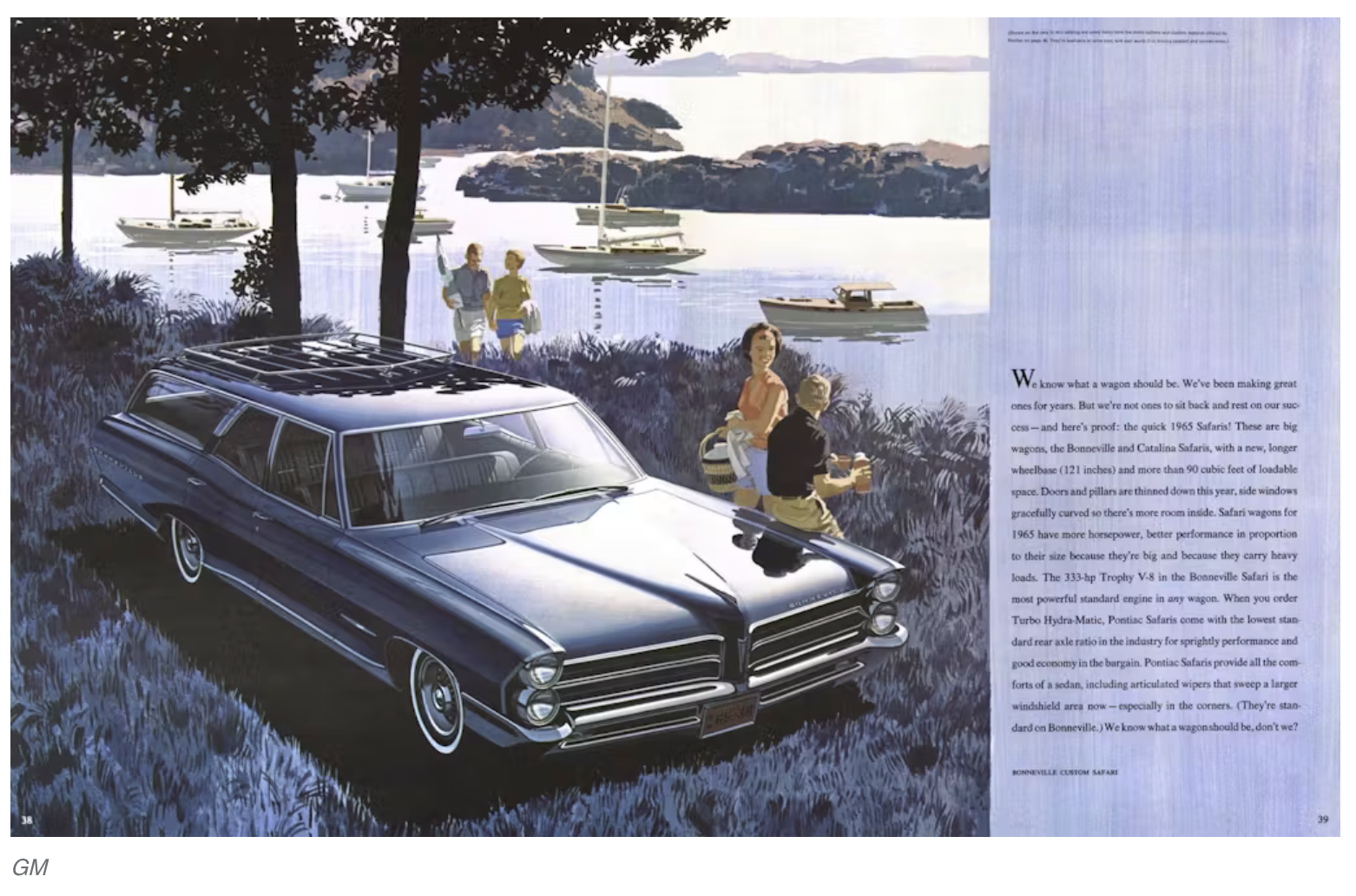
Since introducing the limited-production 1957 Bonneville, Pontiac had been riding a sales wave driven by a focus on style and performance. The GM Division branched into NASCAR stock-car racing and by the early 1960s had unleashed an NHRA Super Stock champ with the lightweight “Swiss cheese” Catalinas, so called for all the drilling done to their frames to reduce weight. These were powered by the 421-cu-in Super Duty version of Pontiac’s versatile V-8.
Street versions of the 421 could easily go wheel-to-wheel with the Chevy 409s, and of course Pontiac sparked the “muscle car” segment with the 1964 GTO. The “win on Sunday, sell on Monday” credo helped vault Pontiac to #3 in U.S. new-car sales in 1962, behind Chevrolet and Ford.
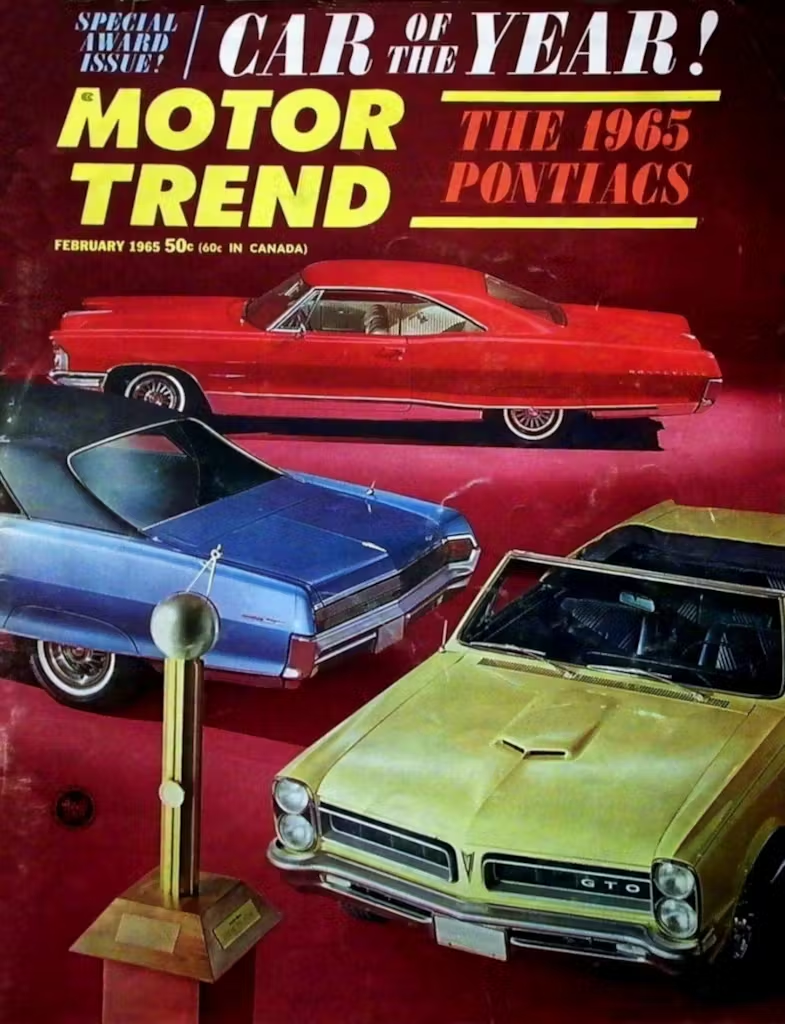
The Pontiac full-size models were redesigned for 1965, as were all GM full-sizers. Powertrains carried over from earlier models. The three-speed Turbo-Hydramatic automatic transmission introduced on Cadillacs and Buicks in 1964 was now available for Pontiacs and some Chevys. Impressed by the overall performance, style, and value Pontiac offered for 1965, Motor Trend magazine gave its Car of the Year award to the entire line. That year, full-size Pontiac production totaled nearly 500,000 cars.
J.R. Gets His Muscle Wagon
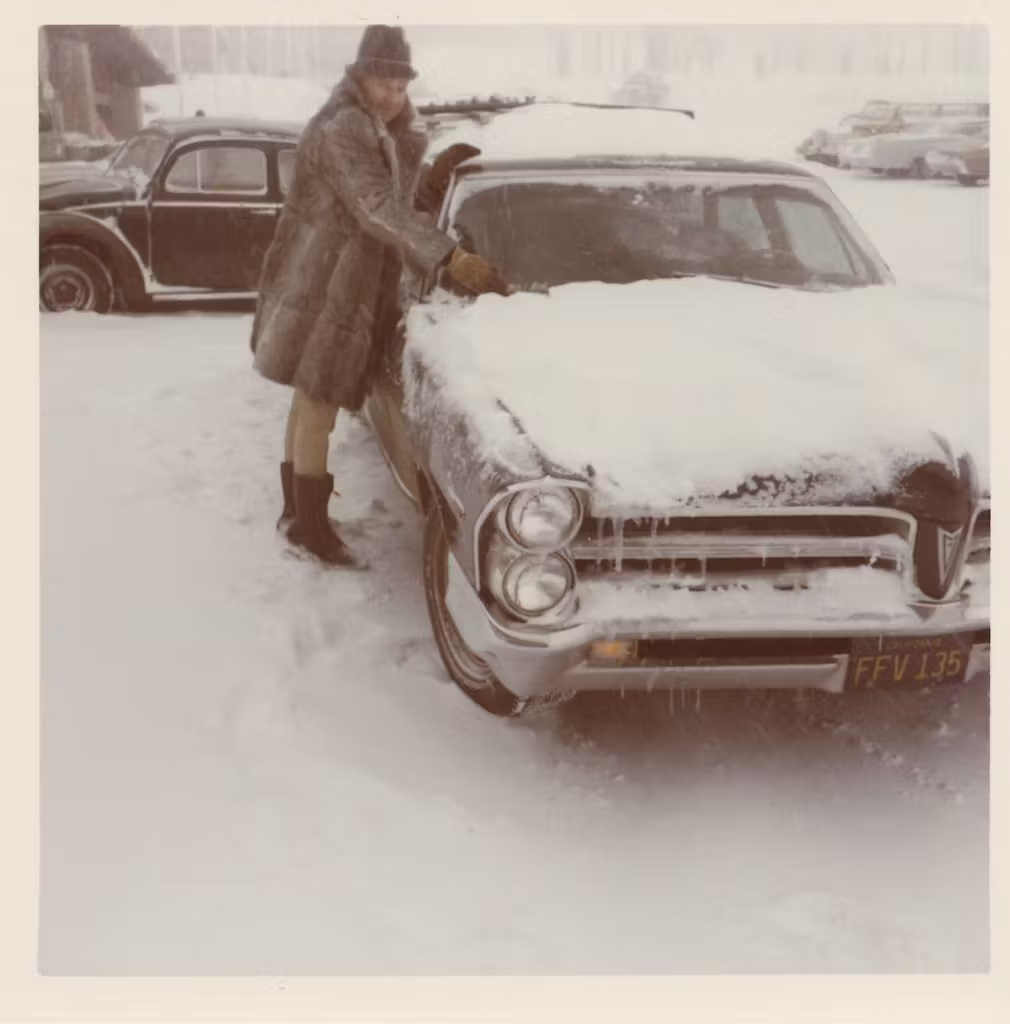
After thoroughly studying the Pontiac sales literature, which gave highly detailed specs for the cars and powertrains, J.R. headed to Al Abrams Motor Sales, a Pontiac dealer on East 47th Street in Chicago, in April 1965. He specced out a nine-passenger Catalina Safari in Starlight Black with a red Morrokide (Naugahyde) vinyl interior.

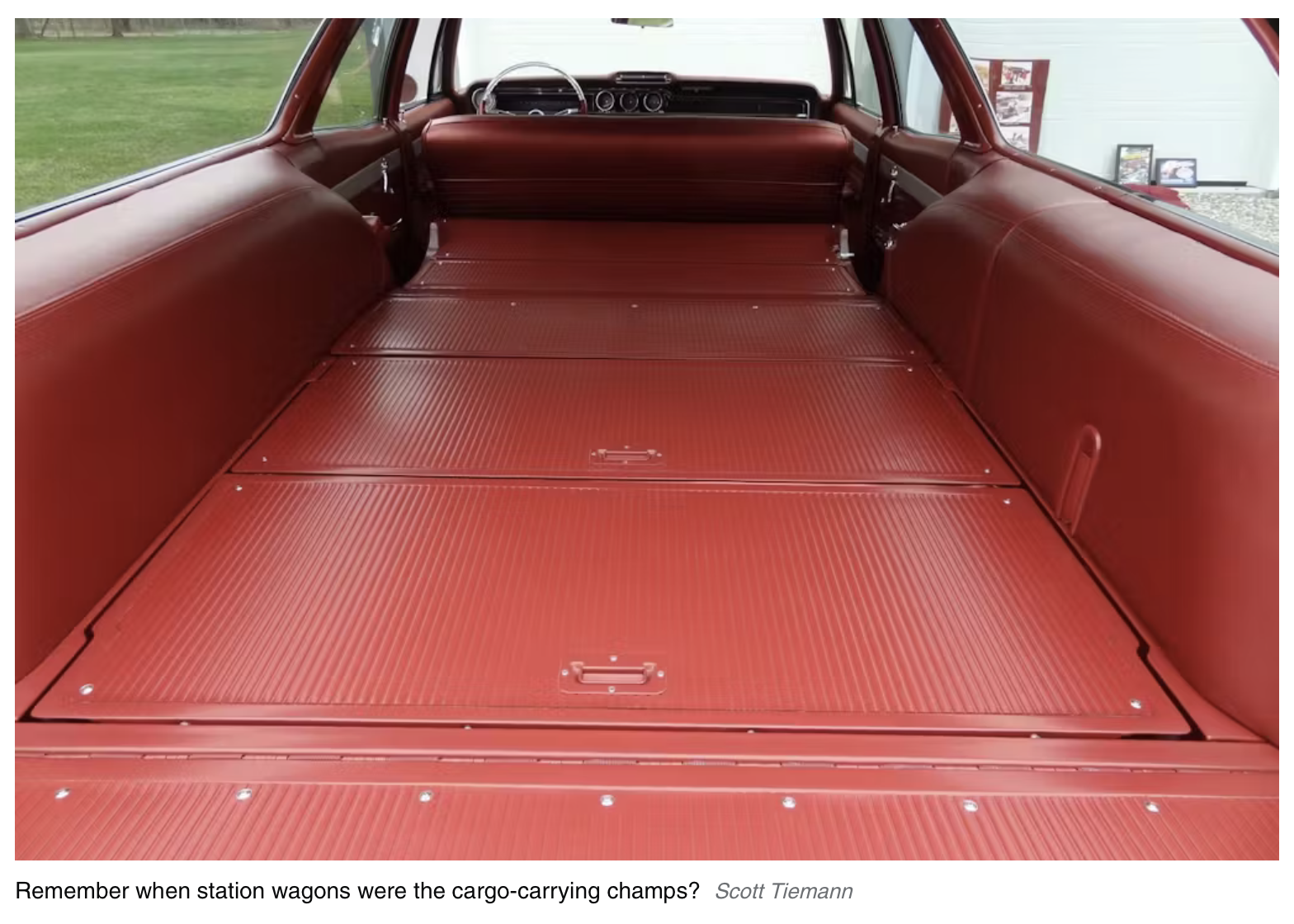
Among the Catalina options were 389 and 421 V-8s, with four-barrel or Tri-Power (3×2) setups. J.R. aimed for the 421 H.O. Tri-Power with its special camshaft, valvetrain, and exhaust manifolds and 376-horsepower rating. He settled for the 338-hp four-barrel version for what seemed a good reason at the time.
“The service manager advised my dad that the four-barrel version was more reliable and better suited for a family car,” Erik says. “He told him, ‘You don’t want your wife stranded somewhere with three little children.’”
The engine featured 10.5:1 compression and dual exhausts with special straight-through mufflers instead of the quieter reverse-flow mufflers on other models.
The 421 four-barrel pounded out 459 lb-ft of torque vs. the 389 four-barrel’s 429 lb-ft. In addition to the performance options that basically replicated the Catalina 2+2 Sport option package, J.R. chose comfort and convenience options that would have impressed a Grand Prix buyer.
- M20 four-speed manual transmission with Hurst shifter
- Safe-T-Track limited-slip differential with 3.42:1 ratio
- Heavy-duty shocks and springs
- Tachometer
- Power steering
- Power brakes
- Air conditioning
- Tinted glass
- AM radio
- Whitewall tires
- Back-up lights
- Windshield washer
- Wheel covers
- Non-glare rearview mirror
- Fender skirts
- Luggage rack
Erik recalls that his father paid $3950, which likely included a discount. That would be about $40,000 today. J.R. financed $3519 of that at 4.5% for 36 months, with a monthly payment of $97.75.
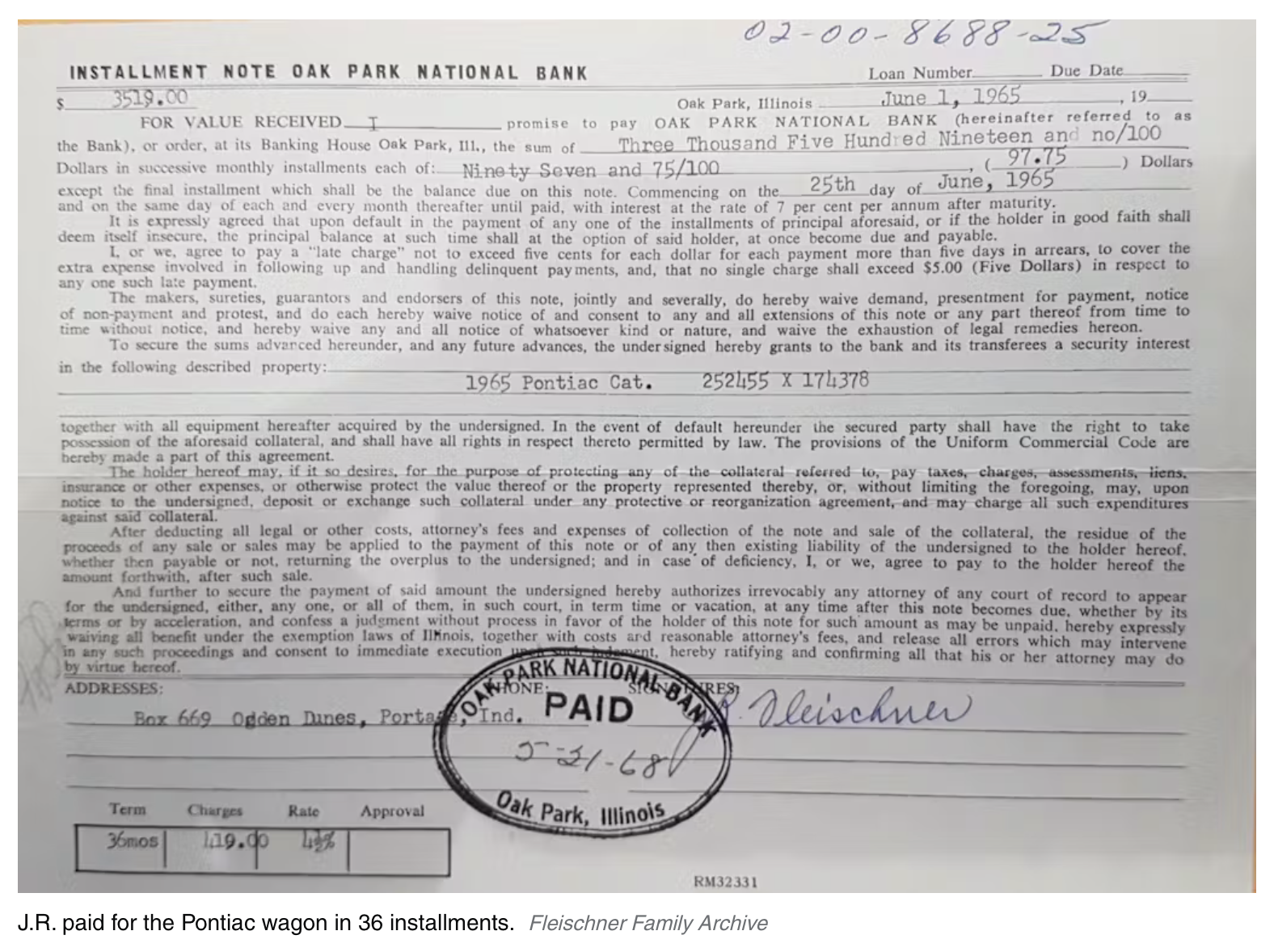
“He always regretted not getting the 421 Tri-Power and eight-lug rims,” Erik says. “He said the sales manager told him he could not order those wheels with the Catalina trim. In 1979, I found him the Tri-Power setup and eight-lug wheels.”
J.R. surely would have applauded Erik’s changes to the wagon’s engine. For the 421’s rebuild, Supercar Specialties pushed it beyond even the 421 H.O.’s specs. Compression was dropped by a point to 9.5:1 to run easily on pump gas, and Dave Bisschop’s SD Performance in Canada tweaked the Tri-Power intake and original heads. His porting work matched the 233-cfm intake flow rate of Pontiac’s experimental 1969 400 Ram Air V and exceeded the 1973 455 SD’s 193 cfm.

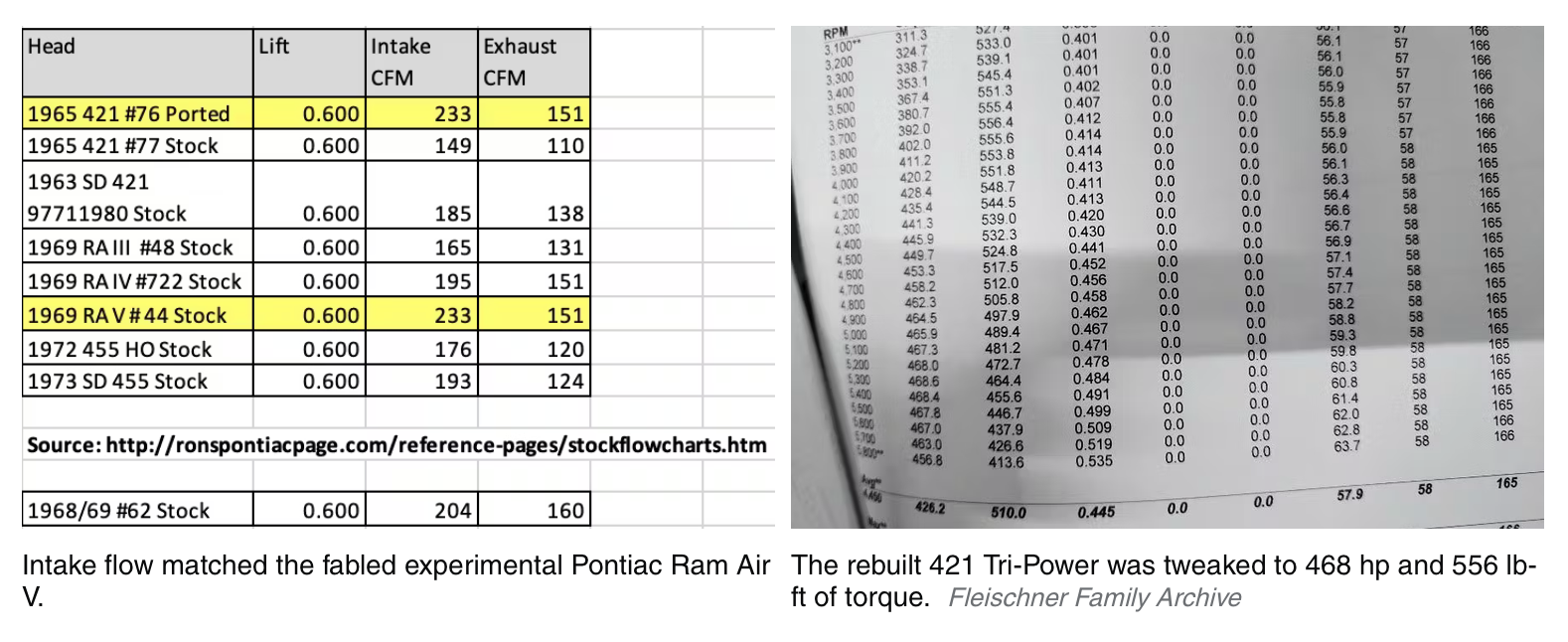
The engine also gained a custom-grind roller camshaft and the 421 H.O. exhaust manifolds. The dyno result was a staggering 468.6 horsepower at 5300 rpm and a massive 556.4 lb-ft peak torque at 3700 rpm, still with smooth operation for the vacuum-powered accessories.
Wild West Wagon Stories
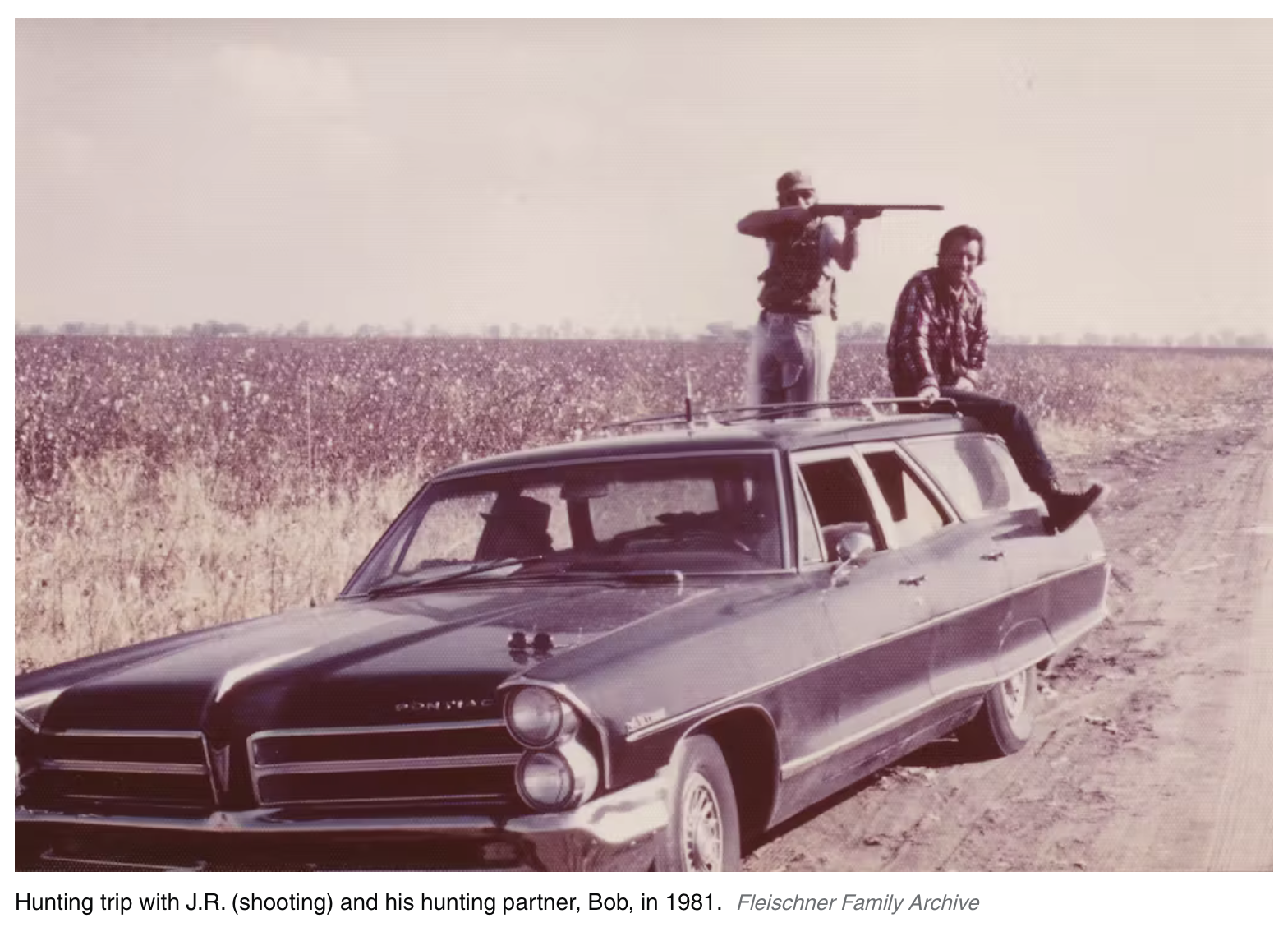
In early fall 1965, the wagon finally arrived, and the family soon moved from Ogden Dunes, Indiana, on Lake Michigan, to Barstow, California. By 1967, they’d settled in Encino.
Years of adventures with the wagon would follow, some unplanned. On a summer 1968 vacation trip to Two Harbors, Minnesota, on Lake Superior, the family confronted a tornado while traveling secondary roads through Illinois.
“It was unforgettable,” Erik says. “Craig and I were in the cargo area seat, facing rearward. We watched the tornado getting closer. My dad kept asking, ‘How are we doing back there, boys?’ When we told him it was getting closer, he sped up until we outdistanced it. When I was older, I asked him how fast we were going, and he said 85–90 mph.”
Craig recalls that the Fleischner kids got their time behind the Pontiac’s wheel as teenagers. “This car symbolized our rite of passage, rolling through the gears. It wasn’t until we started driving that we truly recognized the motor’s power, and the thoughtful choices Dad made to create his supercar family hauler.”
The Fleischner boys certainly exploited the Pontiac’s power in some street action on Saturday nights, starting from a bank parking lot on Van Nuys Boulevard, the major artery through the San Fernando Valley.

“The four-speed made it easy to leave rubber from first and second gears, with an occasional tire chirp into third,” Craig fondly remembers. “We would challenge other drivers by saying, ‘We take this car to church on Sunday. Want to race?’ When we did get a favorable race, the other drivers never knew what hit them when they saw the big black wagon pull away into the night.”
Erik adds: “We all learned to drive stick-shift in the wagon, with the boys mastering speed-shifting. Unfortunately, the transmission countershaft broke on Hans in 1984, thanks to Craig and me. Dad said, ‘You broke it, you fix it.’ Hans had to pay for it all. I guided him through the removal and the reinstall. He learned how to rebuild transmissions, something Craig and I never learned, and then he ended up getting a job from the shop that rebuilt the wagon’s transmission. We must be nice to him now in case we need transmission work.”
Erik also remembers the time J.R. gave him permission to answer a challenge from another driver. “I used to go bird hunting with Dad. When I was 18, another hunter who had a 390 Ford wagon asked him, ‘How fast is that wagon?’ My dad replied, ‘Fast enough.’ Later, the guy came up to my dad and said, ‘My 390 is faster than your 421.’ Dad shrugged it off and said, ‘Just don’t get too close. I don’t want to suck you up my exhaust pipe.’”
Erik was behind the wheel when the Ford owner drove up alongside and signaled that he wanted to race. “Our Catalina was fully loaded with three adults and hunting gear, and the gentleman in the Ford wagon was alone,” he says. “Dad told me, ‘Go ahead.’ So, I downshifted from third to second, nailed it, and we ended up walking him by several car lengths.”
Calmer Wagon Pursuits
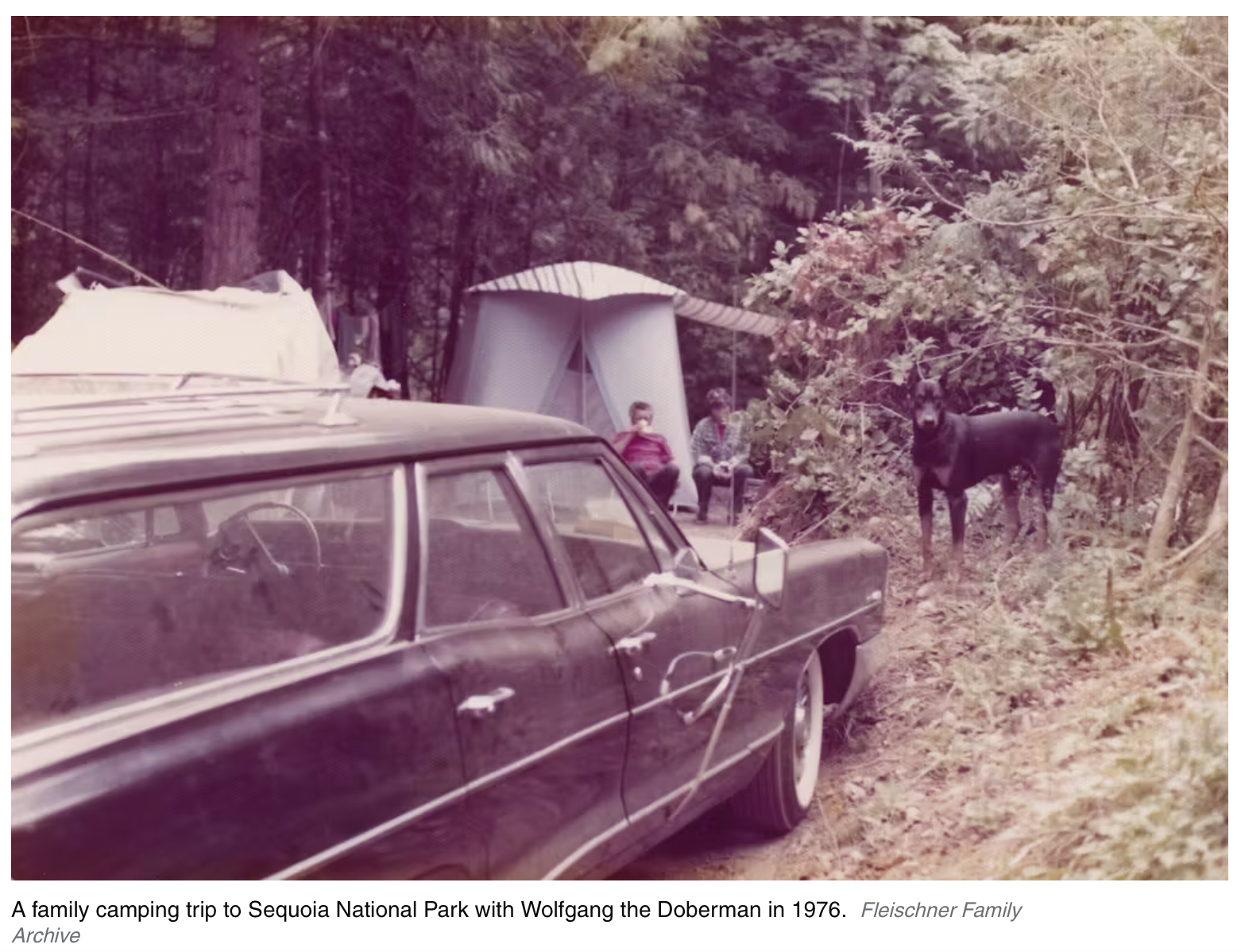
Family racing was not common, but vacation road trips were. “The wagon was central to our family adventures,” Erik explains. “It introduced us to camping, fishing, hiking, and a love of nature. We camped in Sequoia, Kings Canyon, and Redwoods National Parks, plus Big Sur and Redwoods State Parks. In 1975, we drove 2038 miles up California Highway 1 and then through Oregon and Washington to Vancouver, Canada.”
J.R. took his sons on numerous Boy Scout camping trips, too. “We hiked and camped many of the California national forests, including Angeles, Los Padres, Cleveland, San Bernadino, U.S. Sierra, Inyo, San Gabriel Mountains, San Jacinto State Park, and the Twenty Mule Team Trail in Death Valley. God bless Merlin Sheets, our Scoutmaster, and my dad,” says Erik.
Connie and J.R. moved to Palm Desert in 1999, where the wagon stayed, until Erik sent it to Tiemann for restoration 20 years later. Craig sums up the Pontiac’s impact on the family: “Dad got it right, passing on the tradition of no substitute for cubic inches and manual transmissions. The wagon will always hold fond memories for Mom, my siblings, and our friends.”
Car: 1965 Pontiac Catalina Safari 421 four-speed
Owner: Erik Fleischner
Home: Palm Desert, California
Delivery date: April 1965
Miles on car: 130,000 (before restoration)
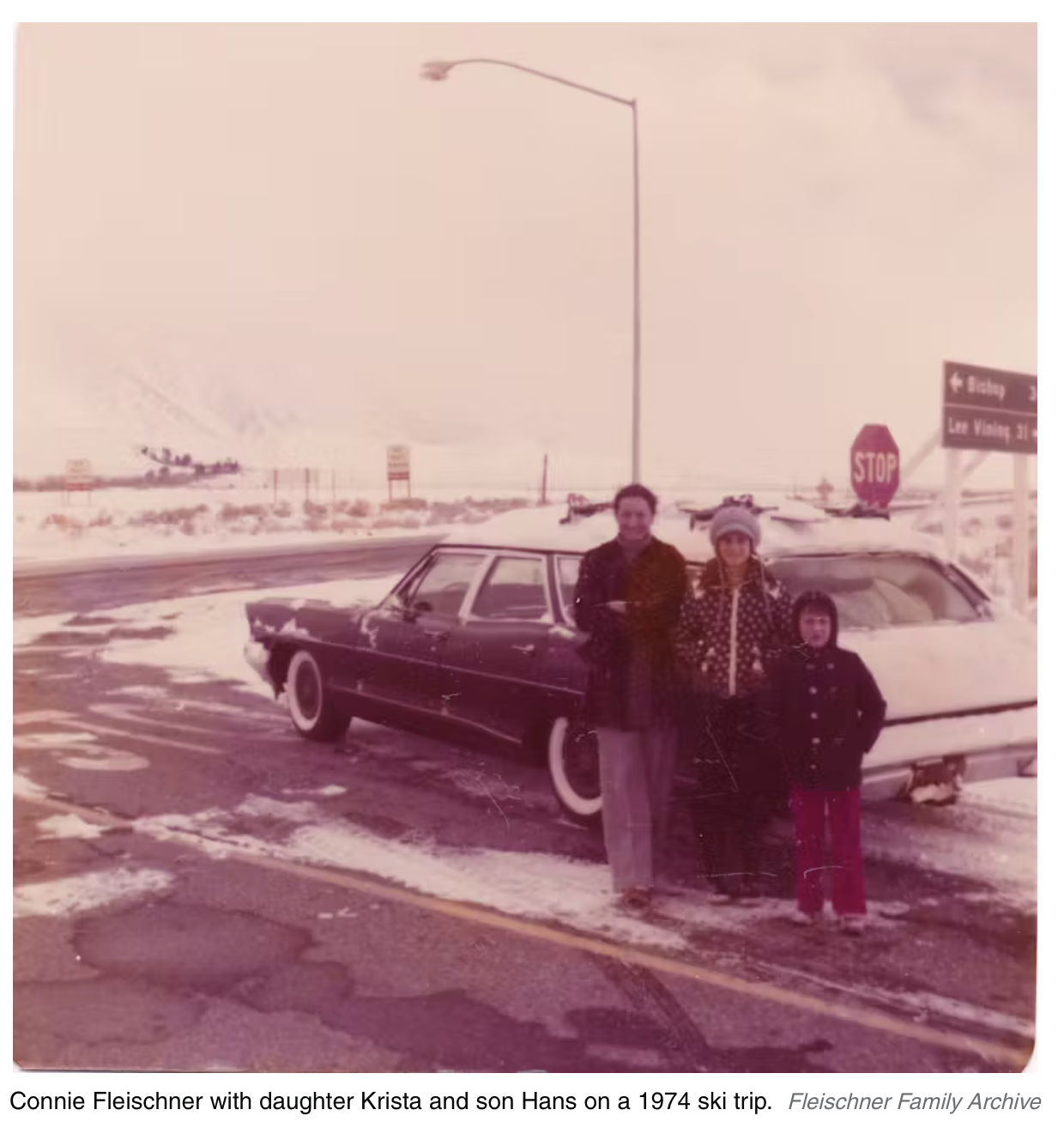
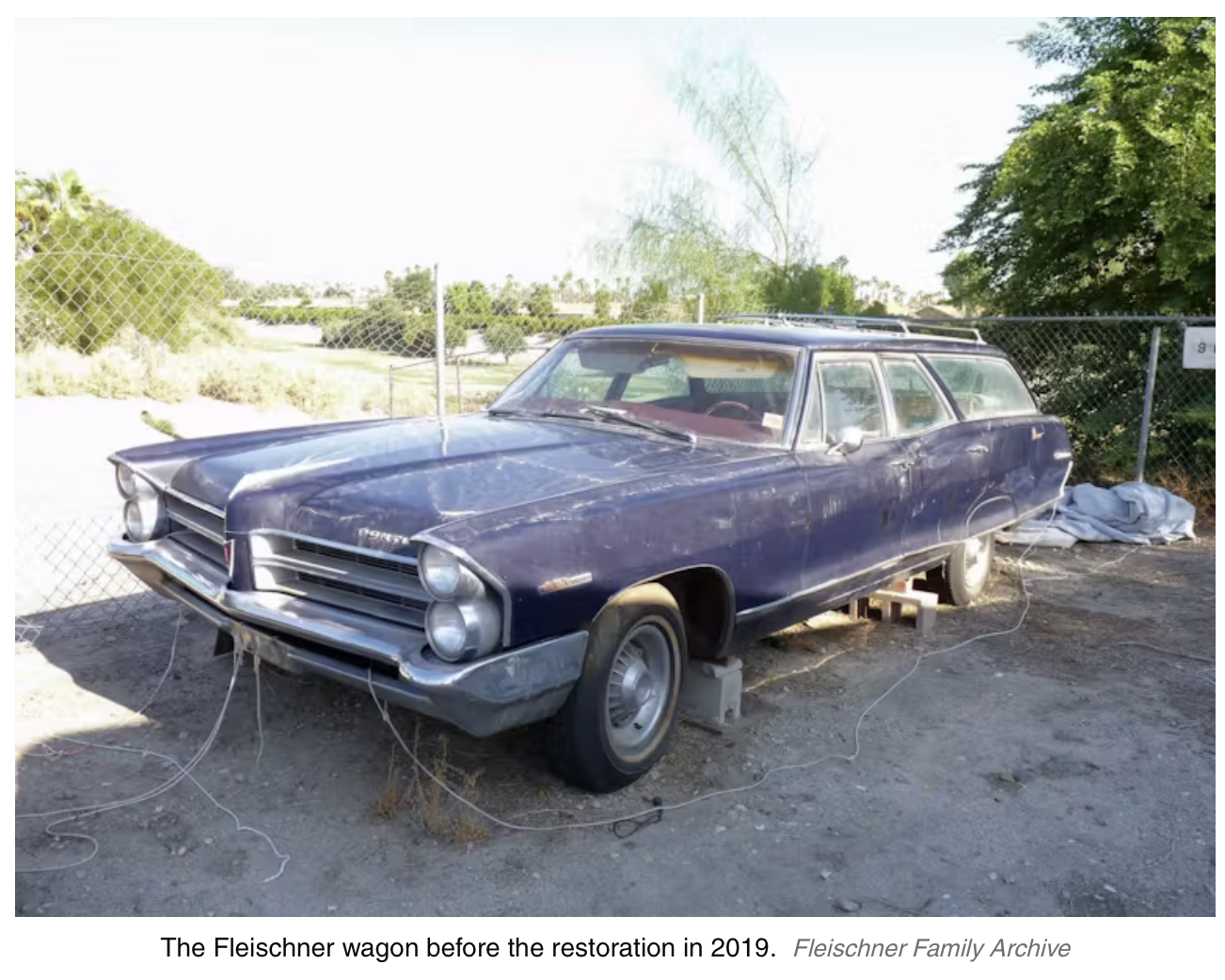
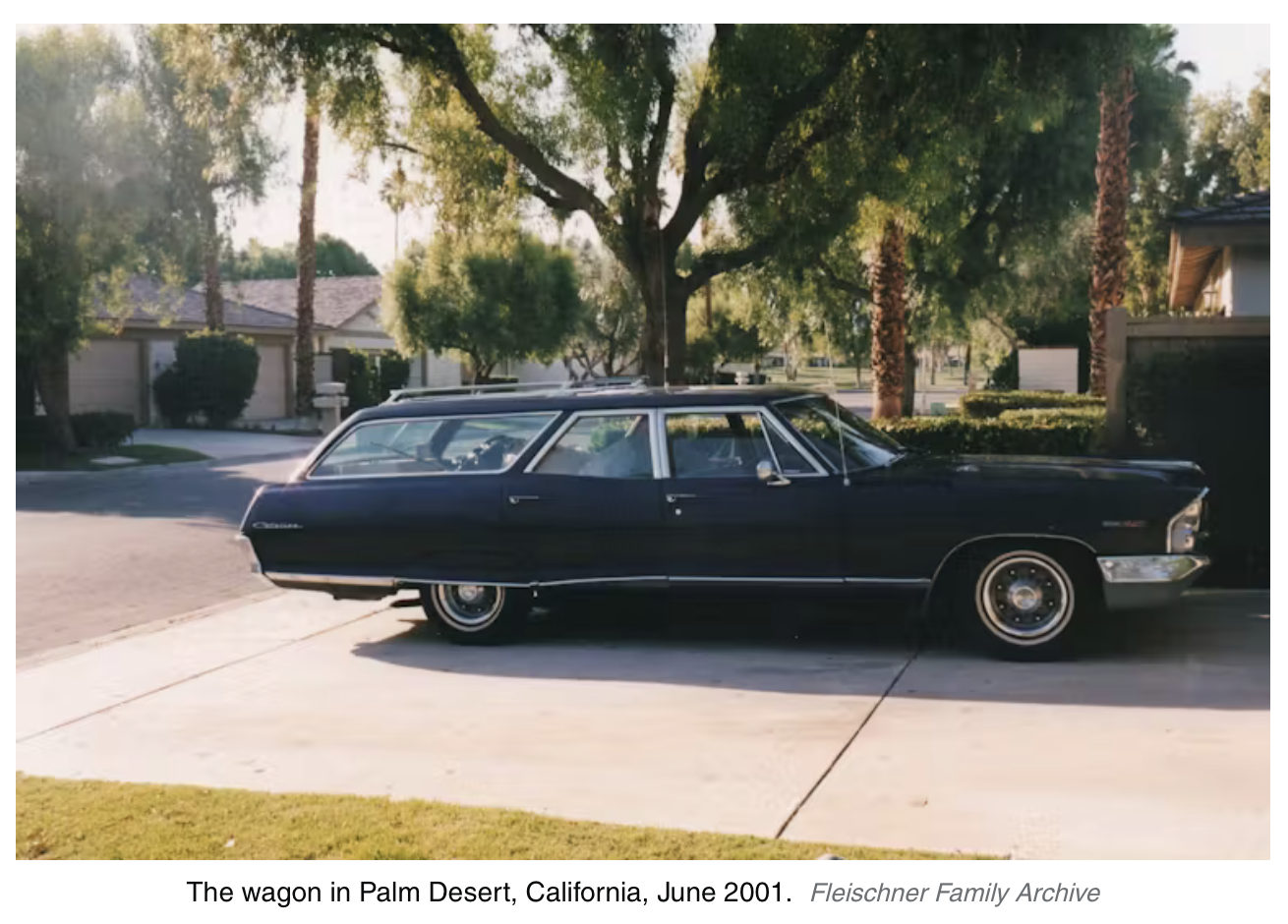

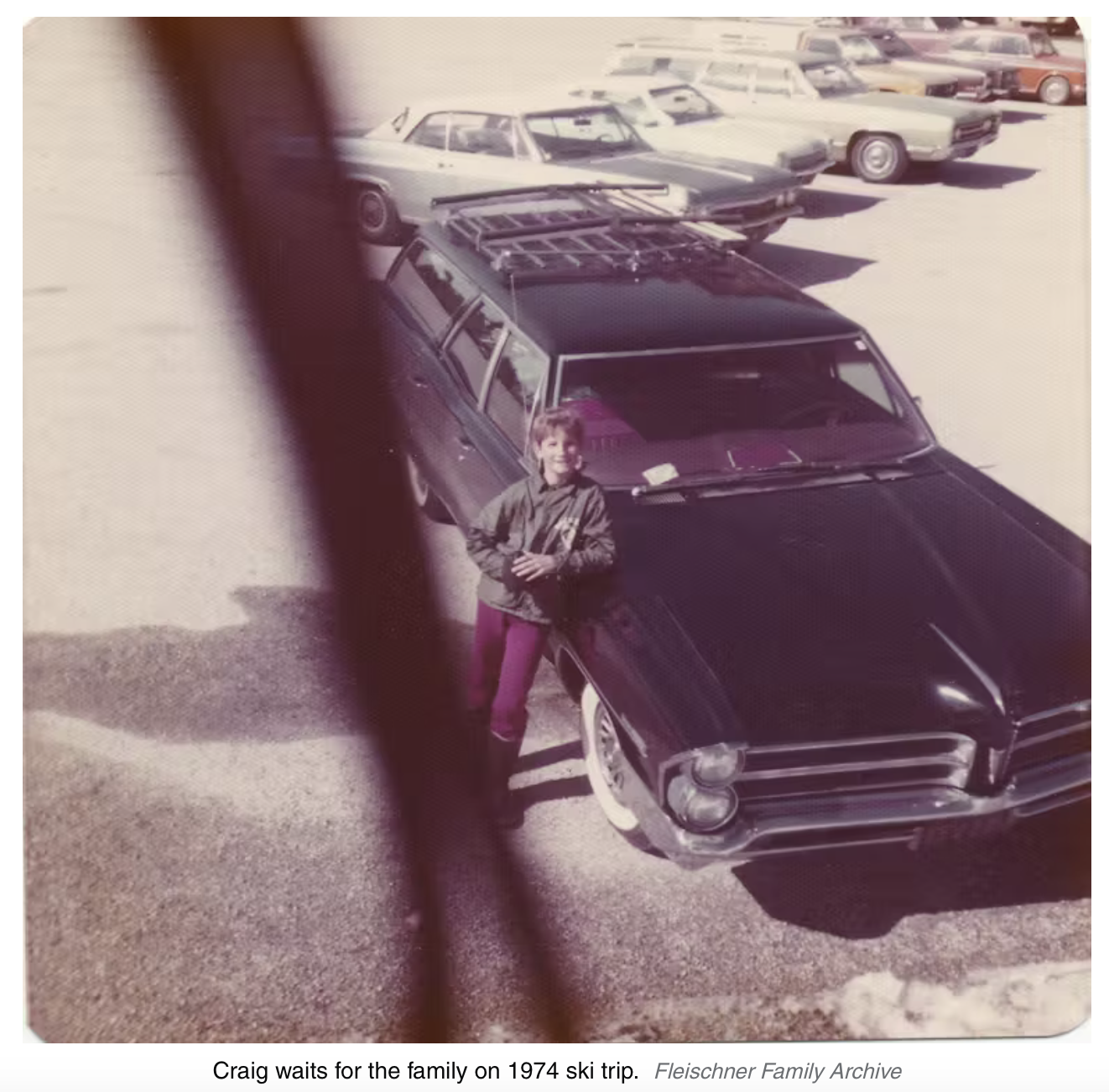

Report by Jim Koscs for hagerty.com


